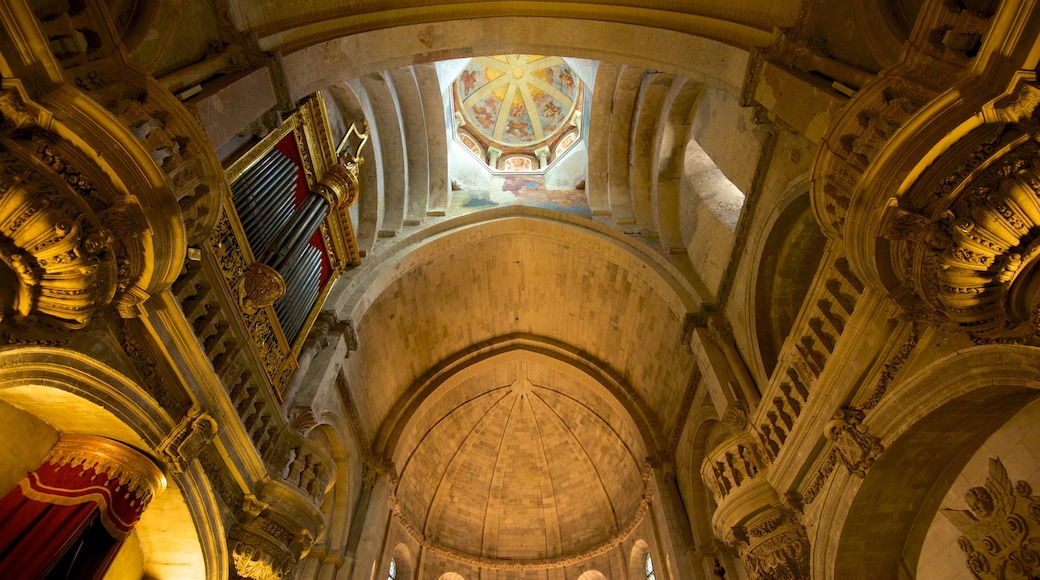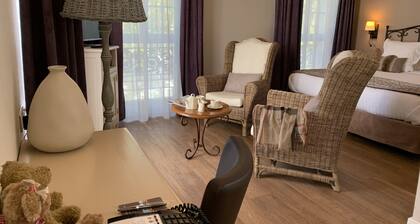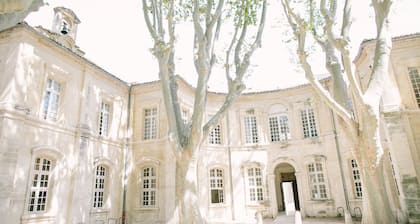Built over the foundations of a 4th-century Catholic basilica, Avignon Cathedral rose in the 12th-century, but was soon overshadowed by the extravagant Palais des Papes which grew up beside it. Not to be outdone, additions were undertaken over the centuries including the 14th-century cupola, 17th-century choir and the 19th-century gilded statue of Mary. Today, the still-working cathedral is the seat of the Archbishop of Avignon and the fascinating resting place of French popes.
Devote at least an hour to exploring the nave, side chapels, statues and tombs. At the rear of the cathedral, see the 12th-century throne used by the Avignon popes. The white marble seat is decorated with animal carvings that represent saints. The impressive stone altar dates from around the same period and was used by France’s popes to celebrate Mass.
Check out the collection of religious objects and relics at the chapel devoted to Pope John XXII. See artistic treasures like the 15th-century fresco Baptism of Jesus Christ close to the entrance. Study the stone reliefs and flamboyant decorations of the various tombs. Gaze at the cathedral’s two organs and stare up at the octagonal dome as its windows catch and reflect the sunlight.
The church is also known as the Cathédrale Notre-Dame des Doms d'Avignon (Our Lady of the Doms) and features three statues that honour the Virgin Mary. The first one is easy to spot. It’s the 19.8-feet (6-metre) high gilded statue that stands atop the tower. Lookout for the other two sculptures in the second and third chapels to the right of the nave.
Situated next door to the Palais des Papes within the ramparts of the old city, the cathedral is easily accessible by foot. Avignon Cathedral is open every day and welcomes visiting worshipers and sightseers alike. However, interior restoration work on the nave, choir, grandstand and entrance may affect opening times until 2015, so visit the cathedral’s official website for details and updates.











